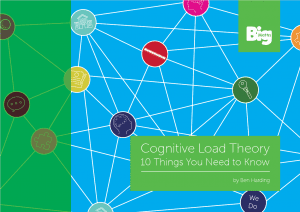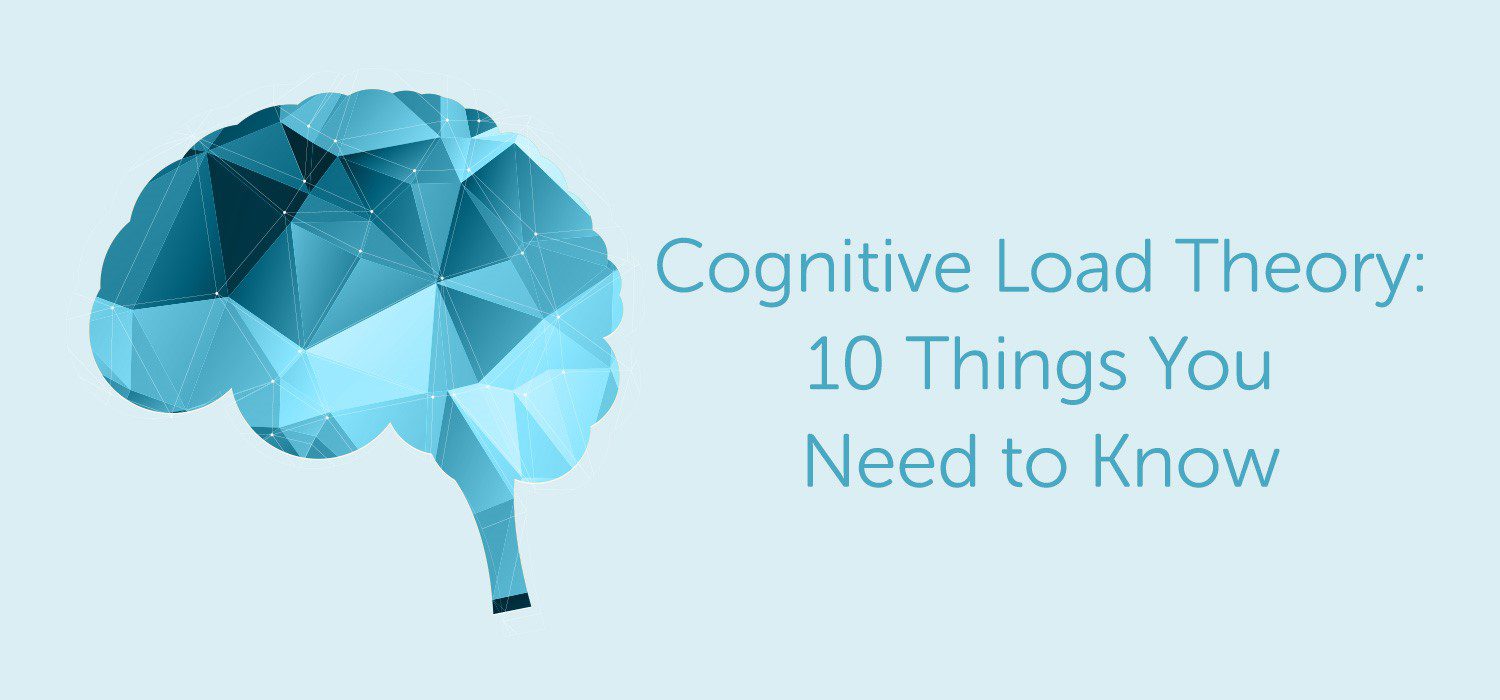Cognitive Load Theory:
10 Things You Need to Know.
In 2017 Dylan Wiliam tweeted to the education world that he had “come to the conclusion Sweller’s Cognitive Load Theory (CLT) is the single most important thing for teachers to know“. Back came a tweet, “shouldn’t they know their students?“. I’m not sure if that was a wisecrack or a serious challenge to CLT. Either way, it shows how easy it is to misunderstand the offering that CLT provides to teachers. The great thing about CLT is that it is a lens through which to view learning before teaching. CLT provides the door into a new age of teaching that allows us to leave behind any teaching strategies that weren’t in alignment with the research into how the human brain learns.
For too long teachers have been blind to the architecture of the human brain… the only place where learning actually happens! According to CLT, when it comes to providing a productive and yet manageable cognitive challenge to students, then we need to know students’ brains. Indeed, it is CLT that invites us to really know our students. CLT invites us all to consider the brain first, learning second, and teaching third.
Further to this, the CLT door isn’t just the end of the ‘teaching-blind journey’, it’s also the beginning of a new journey. If you’re just stepping through this door and you wish to know what CLT is, then you might find it useful to read what I consider to be the 10 things you need to know about CLT. I’ve written a short ‘start-up’ booklet that unpacks these 10 things. It can be found here. My aim is that on reading this document you will quickly grasp the key principles of CLT. There is more to be said for each aspect of CLT, and there is a wealth of research to read, so, enjoy! It’s a wonderful journey and, by traveling with intellectual humility, we can all travel it together!
The 10 things you need to know are:
- The working memory of the brain is very limited.
- Use explicit instruction for new content.
- New knowledge needs to then be stored in long-term memory, ready for retrieval and transfer.
- Learning happens through schema extension and connection.
- Break the curriculum down into very small chronological parts.
- Know the learners’ background knowledge.
- Focus the attention of learners on the new content…only!
- Teaching becomes redefined as ‘focussing, guiding and responding’
- Identify the key schemas operating across the bigger learning journey.
- Systemise CLT across the school to maintain CLT principles and reduce workload.
Download:
Download your FREE Cognitive Load Theory booklet here:

